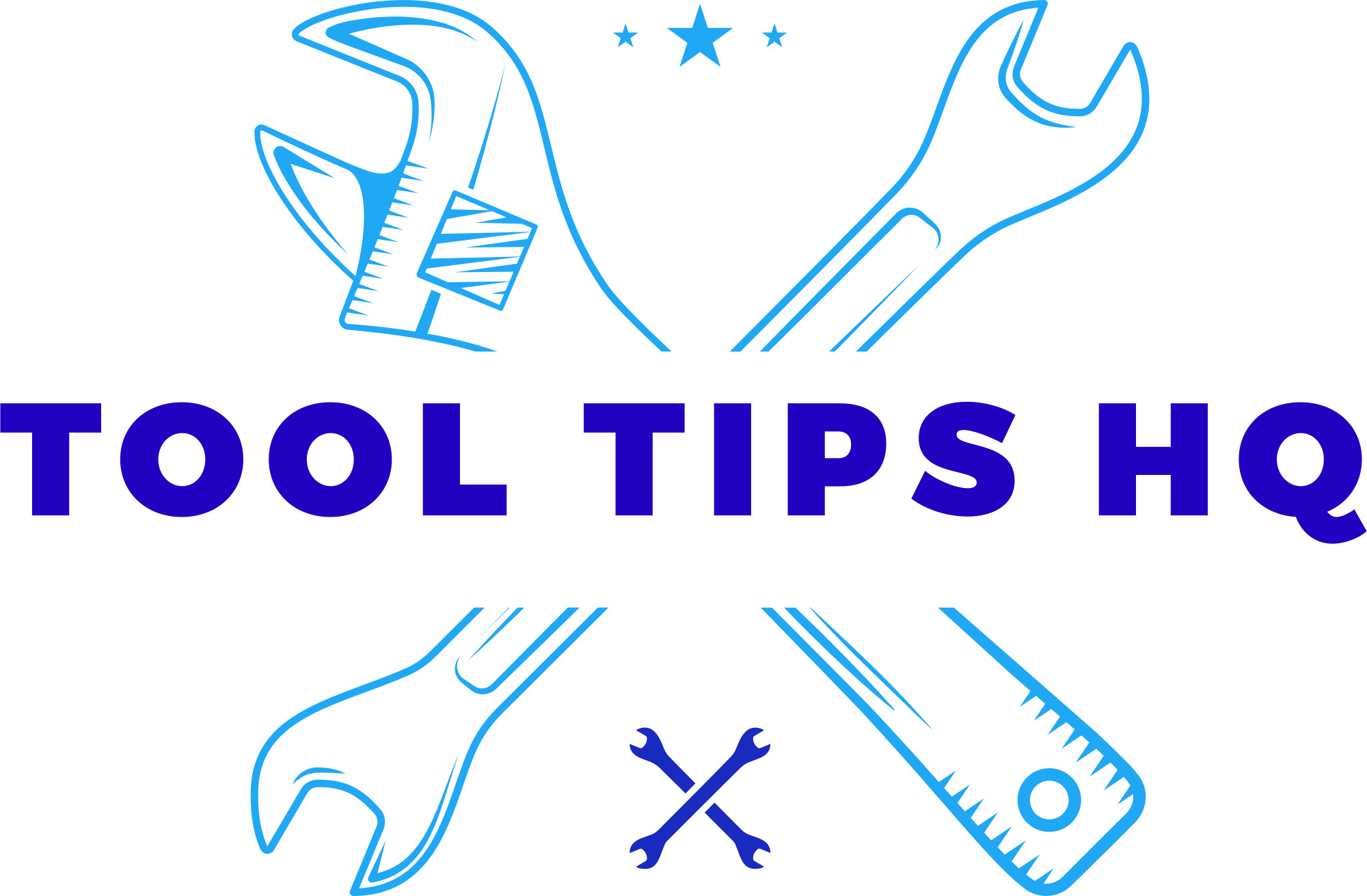**Acme Tools for Beginners: Where to Start**
Embarking on a new project can be both exhilarating and daunting, especially when you’re armed with the right tools—or perhaps, lacking them altogether. For those new to the world of DIY and crafting, the abundance of tools available can feel overwhelming, leaving many to wonder, “Where do I even begin?” Enter Acme Tools: a name synonymous with quality and innovation in the tool industry. This article serves as your compass in navigating the expansive landscape of Acme Tools, guiding beginners through the essential items that will lay the foundation for your creative journey. Whether you’re assembling furniture, tackling home repairs, or exploring artistic endeavors, we’ll break down the must-haves and how to effectively utilize them, ensuring you’re equipped to turn your ideas into reality. Join us as we unveil the essential toolkit for beginners, empowering you to take that first step with confidence.
Essential Tools Every Beginner Should Consider
Getting started with any new endeavor can be daunting, but having the right tools can significantly enhance your experience. For beginners venturing into the world of DIY projects or home improvement, **basic hand tools** are essential. A well-rounded toolkit should include items such as a **set of screwdrivers**, **a hammer**, and **pliers**. These tools are versatile and will assist you in tackling various tasks, from simple repairs to more complex projects. Additionally, investing in a reliable **measuring tape** and **level** will ensure your work is precise and professional-looking.
As you become more confident in your skills, you might want to expand your arsenal. Here’s a quick overview of some other must-have equipment: power tools, like a cordless drill and circular saw, can save you time and effort. Below is a table summarizing these essential tools:
| Tool | Purpose |
|---|---|
| Screwdriver Set | Loosening and tightening screws |
| Hammer | Nailing and demolition tasks |
| Pliers | Gripping, bending, and cutting wires |
| Measuring Tape | Measuring lengths and distances accurately |
| Power Drill | Drilling holes and driving screws with ease |

Understanding Tool Types: Functions and Best Uses
When beginning your journey in the world of Acme Tools, understanding the various tool types is crucial to maximize their effectiveness. Each tool serves a unique function, and knowing when to use them can significantly improve your project outcomes. For example, **hand tools** such as hammers and screwdrivers are ideal for small tasks that require precision and manual dexterity. In contrast, **power tools** like drills and saws speed up larger projects but come with a steeper learning curve. Familiarizing yourself with these basic categories will prepare you for selecting the right tool for any job.
It’s also essential to recognize how different tools can complement each other. For instance, a **level** is invaluable for ensuring accuracy when you’re hanging shelves, whereas a **measuring tape** can aid in preparing your space beforehand. Keep in mind that some tools are versatile and can be used across wide-ranging applications, such as utility knives and pliers, making them essential staples in any toolkit. By prioritizing your needs and understanding these relationships, you will create a functional workspace that minimizes effort and maximizes productivity.

Building Your First Toolkit: Recommendations for Value and Versatility
When embarking on your journey to create a versatile toolkit, it’s essential to focus on tools that offer both value and functionality. Investing in high-quality multipurpose tools can save you money and space in your toolbox. Consider including items such as:
- Multi-tool: A compact solution that combines multiple functions, perfect for quick fixes.
- Adjustable Wrench: Versatile enough for different sizes of nuts and bolts.
- Utility Knife: Ideal for cutting a variety of materials with precision.
- Screwdriver Set: A range of head types (flat and Phillips) for tackling different screw fastenings.
Alongside your multipurpose tools, consider adding a few specialized ones to enhance your toolkit’s effectiveness. These tools diversify your capabilities and ensure you’re ready for a range of tasks. A simple table highlighting some specialized tools might look like this:
| Tool | Purpose |
|---|---|
| Level | Ensure surfaces are even and aligned. |
| Stud Finder | Locate beams behind walls for secure mounting. |
| Hammer | Perfect for driving nails and assembling pieces. |
| Pry Bar | Easily remove nails or lift materials during demolition. |

Safety First: Best Practices for New Tool Users
Using new tools can be exciting, but safety should always come first. As you embark on your journey with Acme tools, be sure to familiarize yourself with the following best practices:
- Read Manuals: Always start by thoroughly reading the user manual for each tool. It provides essential information about operation, maintenance, and safety precautions.
- Wear Protective Gear: Equip yourself with appropriate safety gear such as goggles, gloves, and ear protection to minimize the risk of injury.
- Inspect Tools Before Use: Check for any damage, wear, or malfunction before engaging with the tools. Ensure that they are in good working condition.
- Keep Your Workspace Organized: A clean workspace reduces the risk of accidents. Ensure that your work area is free of clutter and hazards.
Additionally, it’s beneficial to understand the various components and features of your tools. Consider the following table for a quick reference of essential safety tips associated with specific tool types:
| Tool Type | Safety Tips |
|---|---|
| Power Tools | Always use a safety switch and never bypass safety guards. |
| Hand Tools | Ensure a firm grip and avoid using damaged tools. |
| Cutting Tools | Cut away from your body and maintain a clear line of sight. |
| Assembly Tools | Ensure all parts are aligned before applying force. |
Q&A
**Q&A: Acme Tools for Beginners – Where to Start**
**Q1: What are Acme Tools, and why are they important for beginners?**
**A1:** Acme Tools refer to a range of high-quality tools designed for various projects, particularly in woodworking, metalworking, and general maintenance tasks. For beginners, embracing Acme Tools is crucial because they provide reliability and user-friendly features that help build confidence and skill. Starting with quality tools means less frustration and more successful outcomes as you embark on your crafting journey.
**Q2: Which Acme Tools should beginners prioritize?**
**A2:** Beginners should prioritize a basic toolkit that includes essentials. Start with a reliable tape measure, a good quality handsaw, a set of screwdrivers, a hammer, and a drill. These tools cover a wide range of projects and tasks. As you gain experience, you can gradually expand your toolkit to include specialized tools like sanders or clamps, depending on your interests and projects.
**Q3: How do I decide which tools are right for my projects?**
**A3:** The key is to identify the types of projects you want to undertake. For wood projects, ensure you have tools like a miter saw and a jigsaw. For home repairs, focus on a combination of hand tools and power tools. Researching project plans and recommendations from seasoned craftsmen can also guide your choices, ensuring your tools align with your project goals.
**Q4: Are there any safety tips beginners should follow when using Acme Tools?**
**A4:** Absolutely! Safety must always be a priority. Here are some essential tips:
– Always read and follow the manufacturer’s instructions.
– Wear appropriate safety gear, including goggles and gloves.
– Keep your workspace organized to avoid accidents.
– Make sure your tools are in good condition before use.
– Take your time and avoid rushing through tasks. Mastery comes with practice!
**Q5: Where can beginners find resources or lessons on using Acme Tools?**
**A5:** There are numerous resources available for beginners. Community colleges often offer introductory courses on woodworking and DIY projects. YouTube has a wealth of instructional videos for visual learners, showcasing tool usage and project techniques. Additionally, visits to local hardware stores can provide hands-on demonstrations and product advice from experienced staff who can guide you in selecting and using your tools effectively.
**Q6: How can beginner tool users build their confidence over time?**
**A6:** Building confidence takes time, practice, and patience. Start with small, manageable projects that allow you to familiarize yourself with each tool. Celebrate your successes, and don’t be afraid to learn from mistakes. Engaging with the maker community through forums and workshops can also provide encouragement and shared experiences, enhancing your confidence as you navigate new challenges.
**Q7: Are Acme Tools worth the investment for beginners?**
**A7:** Yes, investing in quality Acme Tools is worth it for beginners. While the initial expense may be higher than cheaper alternatives, quality tools typically offer better performance, durability, and safety. In the long run, they save you money and time, making your projects more enjoyable and successful. Think of it as investing in a solid foundation for your crafting journey – one that will pay dividends as your skills grow!
Insights and Conclusions
embarking on your journey with Acme Tools doesn’t have to be overwhelming. By understanding the essentials and selecting the right tools for your projects, you’re well on your way to unleashing your creativity and craftsmanship. Remember, every expert was once a beginner, and the key is to start small, learn as you go, and gradually expand your toolkit as your skills develop. Embrace the process, ask questions, and don’t be afraid to make mistakes—they’re often the best teachers. With this guide as your launchpad, you’re equipped to turn your ideas into reality, one tool at a time. Happy building!

